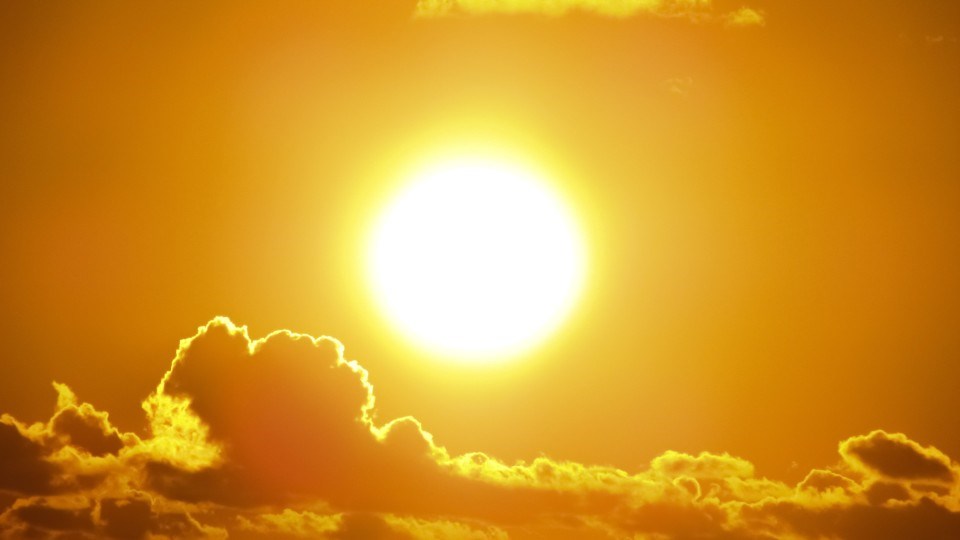As Greater Sudbury and the region enters into what is forecasted to be two days of blistering temperatures, Public Health Sudbury & Districts warns the public that as the mercury spikes so too do the risks of heat-related illnesses like sun stroke.
In what Environment Canada calls “a heat event,” temperatures are expected to hover in the high 20s or low 30s for the next two days, with humidity making it feel more like the mid to high 30s.
As well, overnight temperatures in the upper teens or low 20s are also expected, which means folks will find little relief from the heat even after the sun goes down.
Cooler air is expected to arrive Wednesday night.
But in the meantime, Public Health reminds the public of the impact of high heat on the body.
“Continuous exposure to high levels of heat can lead to dehydration and illnesses such as heat stroke, heat exhaustion, heat fainting, heat edema (swelling of hands, feet and ankles), heat rash, heat cramps (muscle cramps), and even death,” Public Health said.
The risks of these effects are highest among older adults, infants and young children, pregnant women, people with chronic illnesses, people who are homeless, people who use alcohol or illicit drugs, and those who work or exercise in the heat.
Those who take medications or have a health condition should consult their doctor or pharmacist to determine if they are at increased risk from the heat and follow their recommendations, the health unit said.
“Although some individuals are at higher risk, anyone can suffer from heat-related illnesses,” said Burgess Hawkins, a manager with Public Health Sudbury & Districts’ Health Protection Division. “Everyone should take precautions.”
Tips to prevent heat-related illness
- Frequently visit or check-in on neighbours, friends, and older family members, especially those who are chronically ill, to make sure that they are cool and hydrated;
- Drink plenty of cool liquids, especially water, before you feel thirsty to decrease your risk of dehydration. Thirst is not a good indicator of dehydration;
- Babies under six months of age do not need extra water in hot weather; however, you might need to feed them more often. Follow your baby’s feeding cues. Encourage babies over 6 months and children to drink frequently. Offer the breast or if not breastfeeding, offer water, and;
- Reschedule or plan outdoor activities during cooler parts of the day. Remember to practice physical distancing to reduce the spread of COVID-19. Wear loose-fitting, light-coloured clothing made of breathable fabric.
- Never leave people or pets in your care inside a parked vehicle or in direct sunlight — even if the windows are down.
- Take a break from the heat by spending a few hours in a cool place.
- Take a cool bath or shower periodically, or cool down with cool, wet towels.
- Prepare meals that do not need to be cooked in your oven.
- Block sun out by closing awnings, curtains, or blinds during the day.
- Avoid sun exposure. Shade yourself by wearing a wide-brimmed, breathable hat, or using an umbrella.
The signs and symptoms of heat-related illness include: dizziness or fainting; nausea or vomiting; headache; rapid breathing and heartbeat; extreme thirst, and; decreased urination with unusually dark yellow urine.
If you or someone in your care experiences these symptoms, contact a health care professional, friend, or family member for help. In emergencies, call 911. If you believe that your symptoms could be related to COVID-19, complete the Ministry of Health self-assessment and follow the instructions provided.
